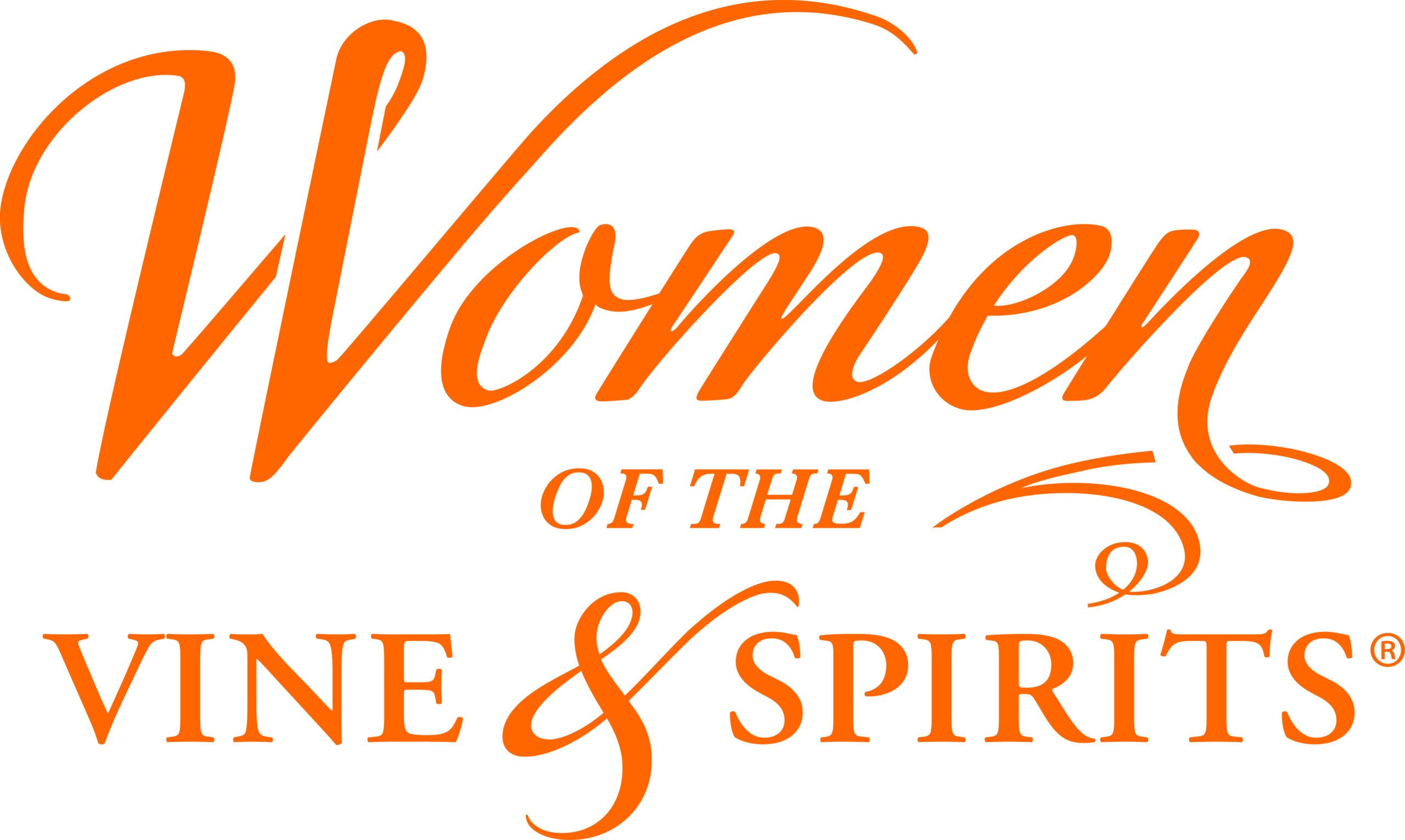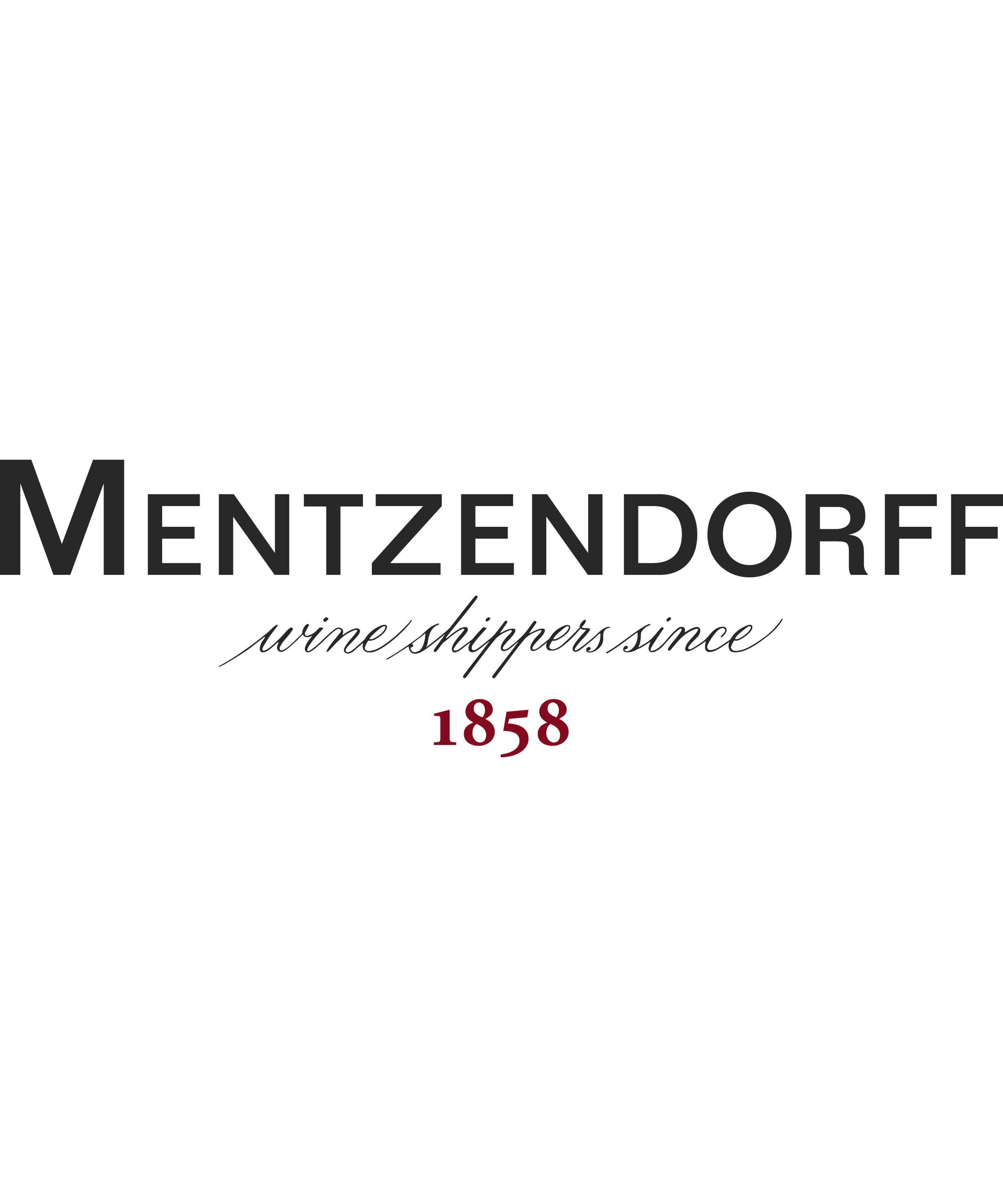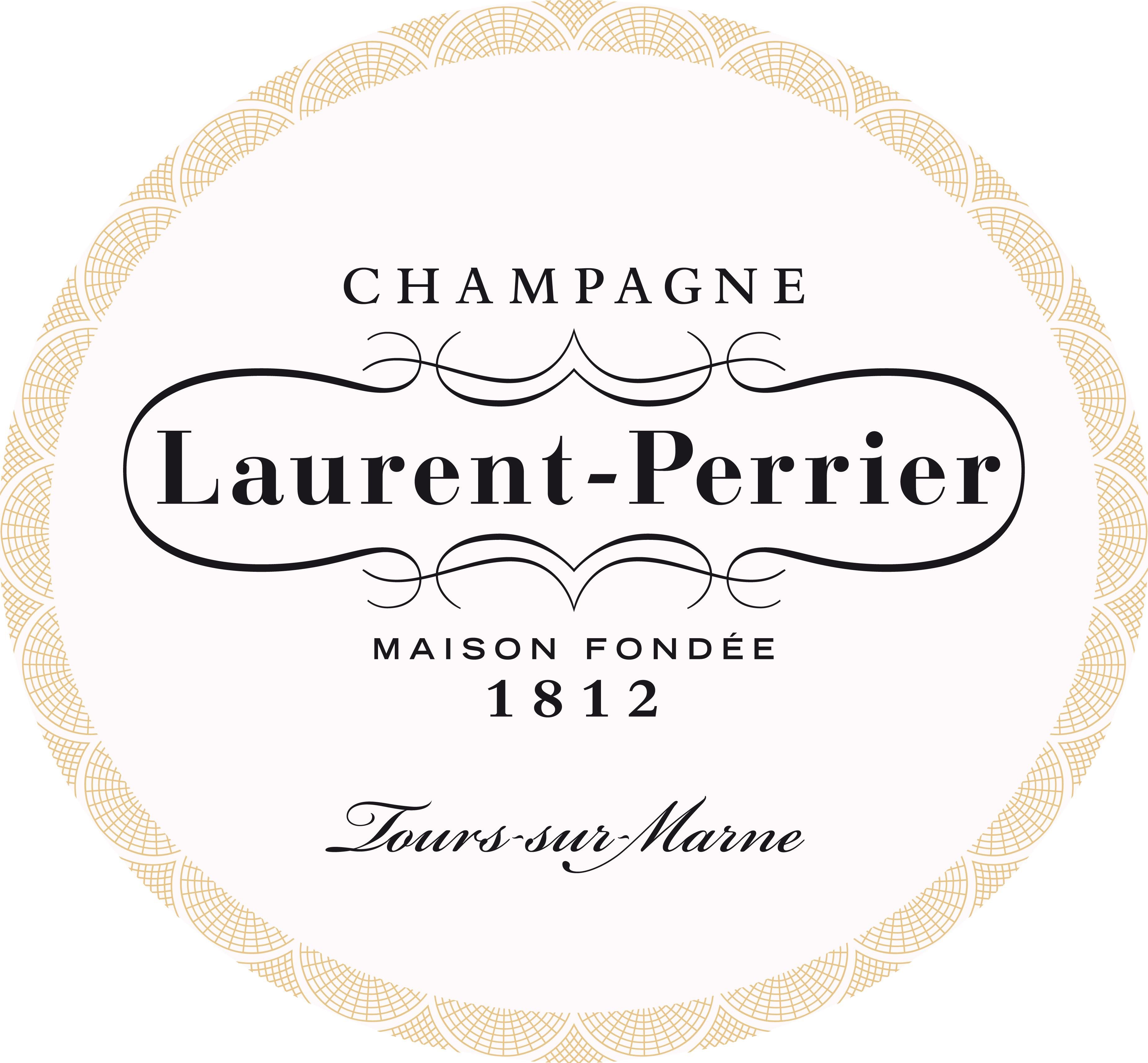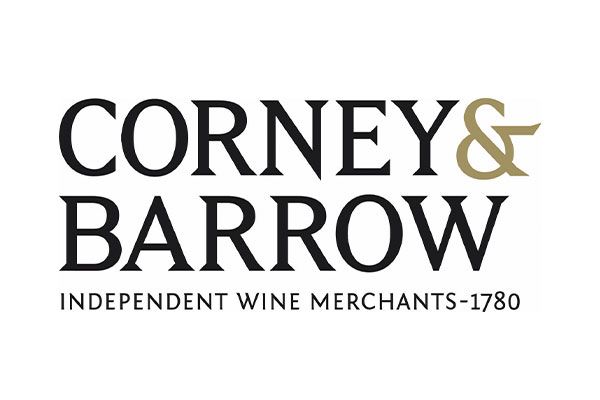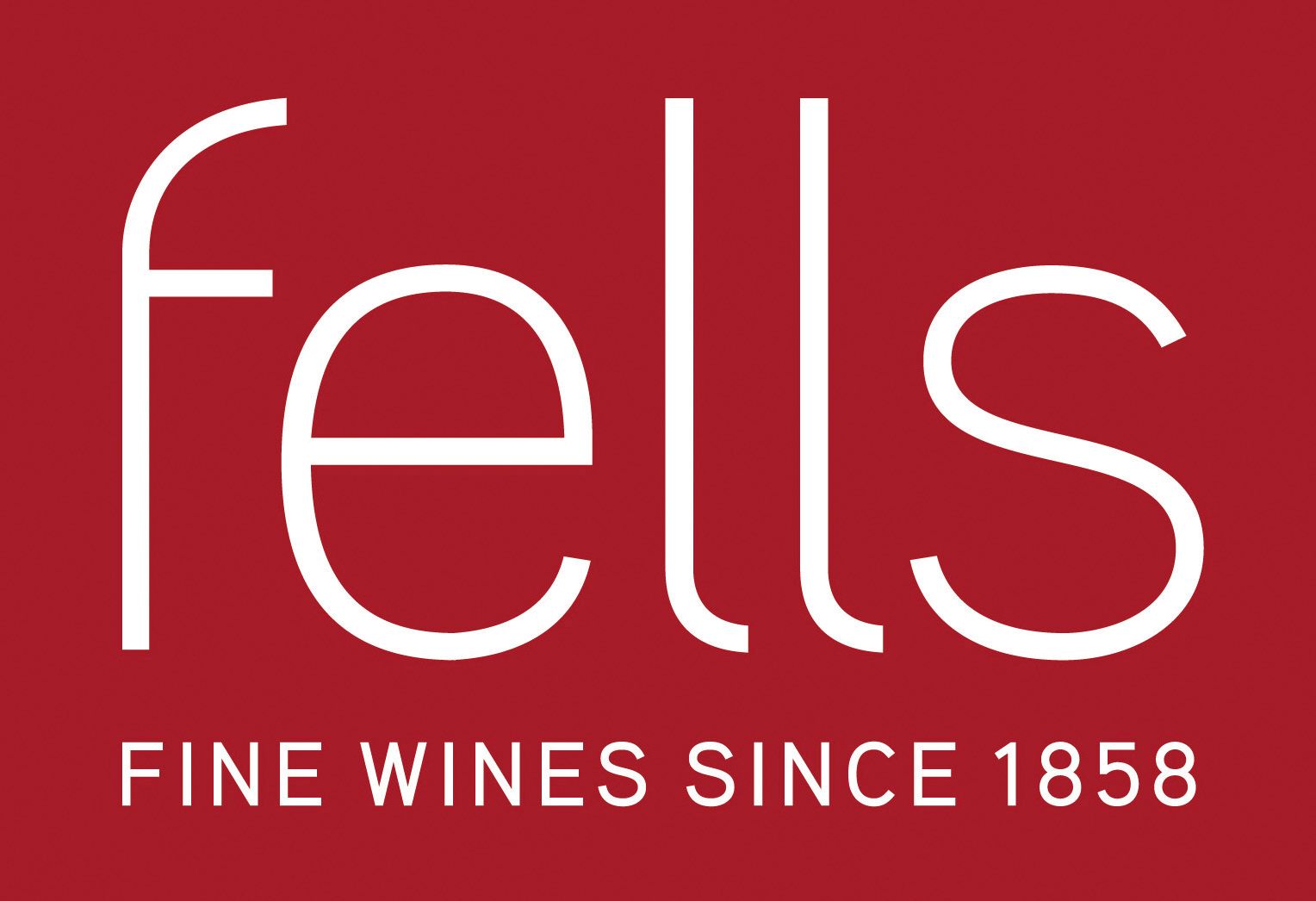If ever there was a category that needed an understanding of the psychology of selling, then it’s wine. Faced with ‘choice overload’ and limited wine knowledge, how do the majority of wine shoppers make decisions about what they’re going to buy? Alex Ririe of Coley Porter Bell explains the steps any wine business can take to connect with their target customers on both a subliminal and conscious level.
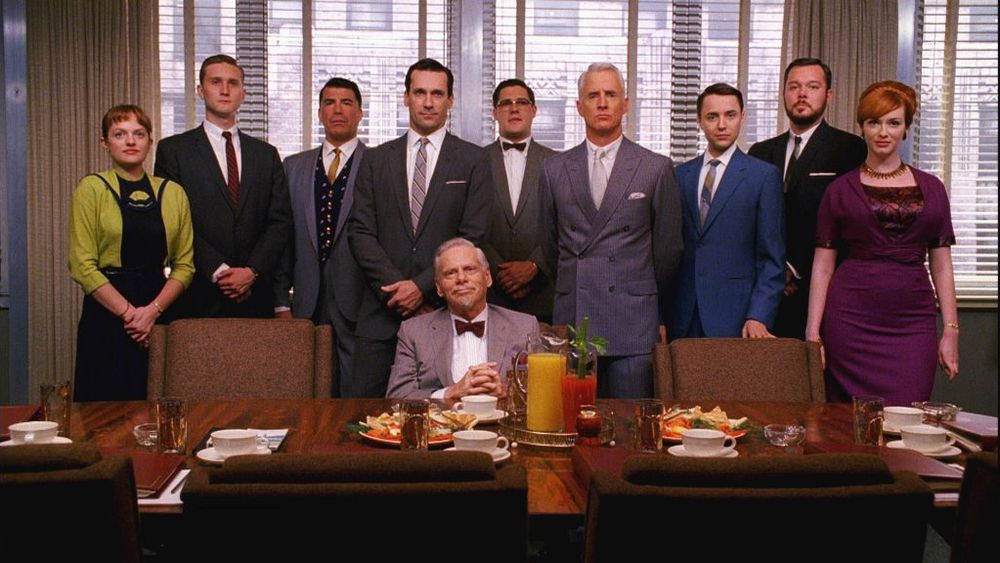
We have ways of making you think…
The way things look matter. Our brains are hardwired to decode the world, first and foremost, visually. And hardwired they are. Much has been written about the importance of System 1 thinking – the intuitive, instinctive, almost unconscious mode of thinking that governs much of our decision making – in comparison to System 2 – the more conscious, higher-order, but ultimately slow and energy-draining mode, where decisions are often rationalised and rubber-stamped, rather than made.
What is sometimes overlooked is that the dominant language of System 1 is visual. Indeed around 90% of what influences our autopilot is visual and we can process them around 60,000 times faster than the spoken or written word. Which is why, as much as we like to think of ourselves as highly intelligent, rational beings, the look of something (and its surroundings), has the power to persuade and influence decision making, almost unconsciously. Great news for designers.
But knowing that we’ve been influenced by great design after we’ve seen it isn’t much use to anyone. Far better to try to understand what helps sway System 1 in the first place. To help us, here at Coley Porter Bell, we’ve looked at some established neuroscience heuristics and considered what they might mean in practical terms for design. We’ve called them ‘rules of thumb’. Here’s a selection.
1 God is in the detail
System 1 can decode large amounts of meaning from very small, very subtle slivers of stimuli, even things we aren’t consciously aware of. In design terms, this ‘thin slicing’, means that we need to pay attention to every detail to ensure it supports what we’re trying to convey. For a premium wine for example, this would mean that every element of the pack design from its materials, finishes, design detailing and copy etc. all need to be on point.
Moreover, the way in which the wine is sold and its environment are also key. What would you think if an expensive wine was displayed with a load of bottles stacked on top of a pile of shipping cases? Without us realising, it might start to erode System 1’s confidence in the wine’s value. So remember, even the smallest details count.
2 Learning by association
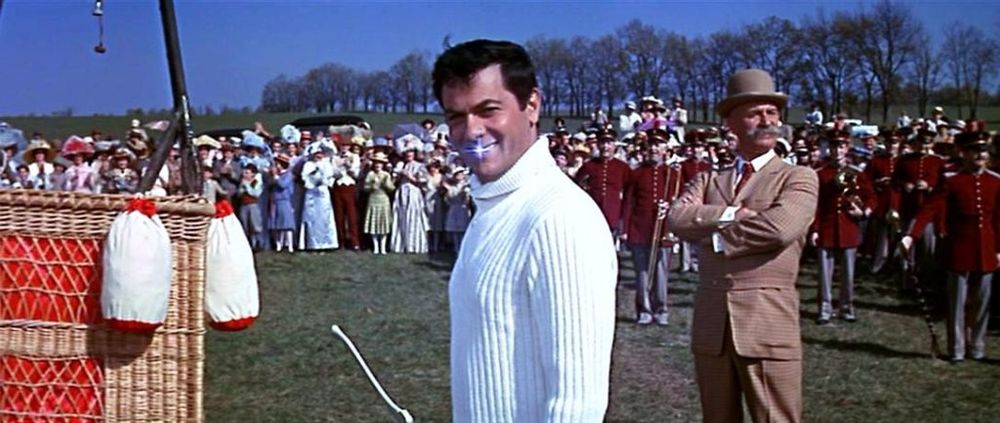
We have grown up watching our heroes, often dressed in white, on the big screen fighting their foes, often dressed in black, which all adds to our sub-conscious visual memory bank
The more often and more powerfully two notions are associated with each other, the more likely that seeing one of these notions will uncontrollably elicit the other. Which is why in Western cultures for example, we understand that white represents purity, innocence, good and light – we’ve seen it represented this way many times before. For designers, this means borrowing visual language from other categories or using cultural symbolism to evoke certain associations for a brand.
If we wanted to create a wine aimed at men for example, we could consider using an oil can format and metallic colours. These have instant masculine connotations. The take-out here is to consider cultural symbolism and the visual language used in other categories to help bring meaning to new designs concepts.
3 The power of humanity

Now we know a car is just a car…but we still get very attached to them
This rule of thumb is borne of ‘attribution theory’ which states that we infer human personality and emotional states of behaviour and other cues, even of non-human subjects. (Which is why we think cars have faces.) Additionally, there is a special part of the brain whose sole purpose is to recognise faces. Knowing this, we can design-in visual signals to help connote human emotions in products. At the most literal end, this could be showing faces on wine bottles (for example Matsu), or at the other end of the spectrum it could be using handcrafted typography, signatures or first-person copy.No matter how subtle, building in a sense of humanity can increase engagement.
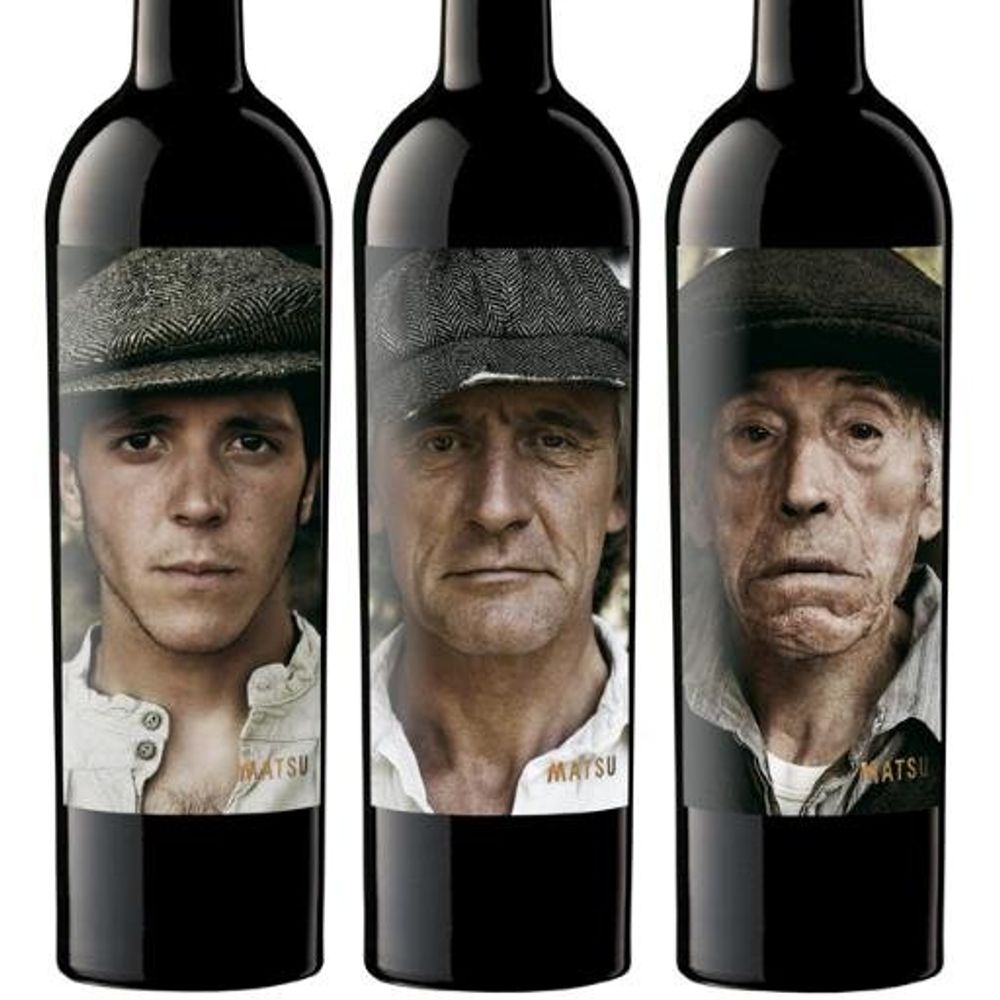
Putting a face on a wine label can make a deep connection
4 Perfectly imperfect
Studies have shown that we tend to perceive others as more attractive after witnessing them make a mistake – assuming they were perceived as competent in the first place. It’s known as the ‘Pratfall Effect’. From a marketing perspective, this means acknowledging and embracing foibles and building in purposeful imperfections in design. For example, showing the crossings-out and workings of the winemaker on a label to imply the trials and tribulations of achieving the perfect blend. By creating these anomalies, it can help to humanise and, ironically push your pedestal even higher.
5 Beauty pays
Built on the concept of neuroaesthetics, like the proverbial peacock’s tail, System 1 interprets beauty as investment, care and self-belief – and hence, value. In evolutionary terms, beauty is often an indication of the suitability of a prospective mate. And it is just as true of products and brands. Of course, beauty is in the eye of the beholder, but universal principles such as the ‘Rule of Thirds’ and the ‘Golden Ratio’ help us understand the constructs of the things we find pleasing on the eye. In summary, investing in appearance isn’t a simple superficial addition of gloss but a canny investment to reflect on the outside, the care and attention lavished on the inside – and we can’t help but react to it.

